The Coca Museum is a private cultural institution that was born as a university thesis project inspired by a family tradition, fundamentally shows the importance, its properties and how they used this important coca leaf in the Andean world.
The museum has been opening its doors to visitors for more than 12 years, explaining the natural use of the coca leaf from a nutritional and medicinal point of view, as well as its history and culture.
Also, some cultural ceramics, textiles, books and you can even find a store of various coca-based products.
Table of Contents
The Coca Museum is located in the traditional neighborhood of San Blas, in the city of Cusco, a few minutes from the main square of Cusco.
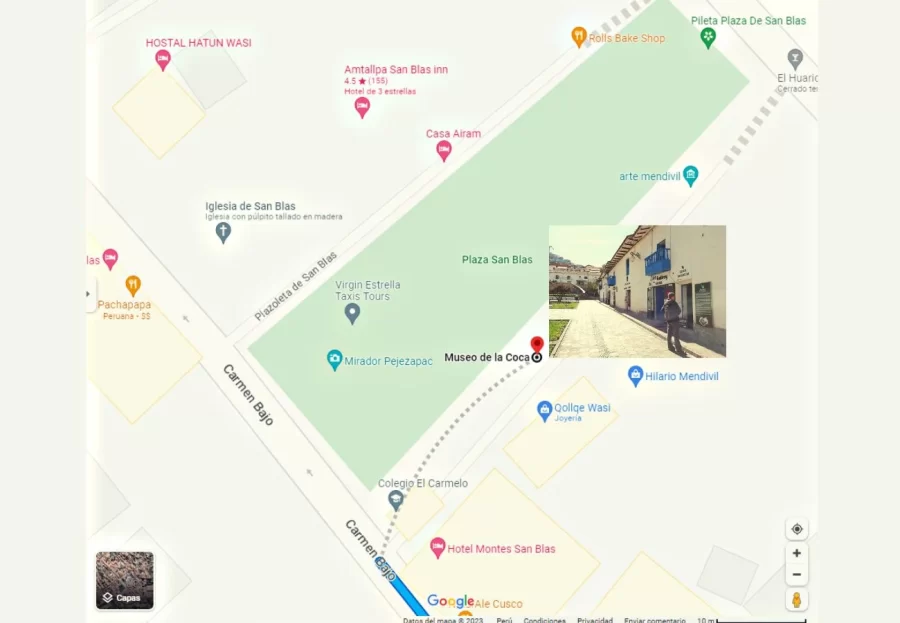
The small museum exhibits different aspects of the coca leaf and its derivatives, also shows its different rooms in which you can learn about the pre-Inca cultural varieties that we are going to detail everything you can find in the museum.
In a room they explain us about the pre-Inca and Inca cultures, in which we can see ceramics belonging to the Paracas culture with an impressive detail in which they make us see that each of these ceramics has a lump either on the right or left side of the face alluding that they consumed the coca leaf.
Commonly in the Peruvian highlands this process of chewing the coca leaf is known as "picchado" and apparently these ceramics did this process and serve as evidence that they produced the coca leaf and it can be seen in their ceramics.
Likewise, the coca leaf was used in one of the ancient Inca traditions that is still maintained to this day, which is usually performed in the month of August, we are talking about the payment to the earth or Pachamama in which exposes a variety of products including grains, sweets, and more.
They also show us a variety of elements that were used along with coca called llipta. In the same way you will find the Andean bags or chuspas that the chasquis used to carry the coca leaves, to have more energy, strength and to be able to travel more kilometers of the Inca empire.
They also show us the whole process that is done to elaborate cocaine using different chemical elements until it becomes a white powder, and the most curious thing here is that you will see a person named Javier who dies at 26 years old as a result of consuming cocaine, also tells us that he is the major inspiration to create the Museum of cocaine.
In this way, they intend to raise awareness that the misuse of coca can lead to this extreme of death, thus showing us the negative side of coca and exposing it to both high school and university students.
Now we go to the part of the products in which exposes a varied production all based on coca, such as chocolates, candies, coca flour, coca beers, quinoa, muña, among other drinks that you can find in this place.
If you want to try the coca leaf (natural) you can also buy coca leaves to chop, medicines, rubbing for joints, and the new are soaps, shampoos based on coca. In this way we are exploring all the uses that can be done with the millenary leaf of the Andes, the Coca.
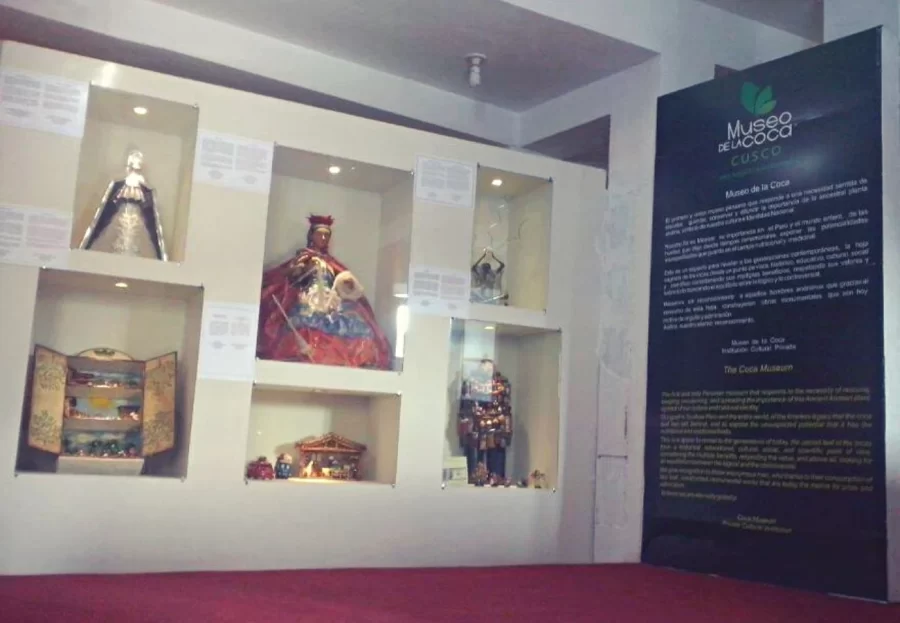
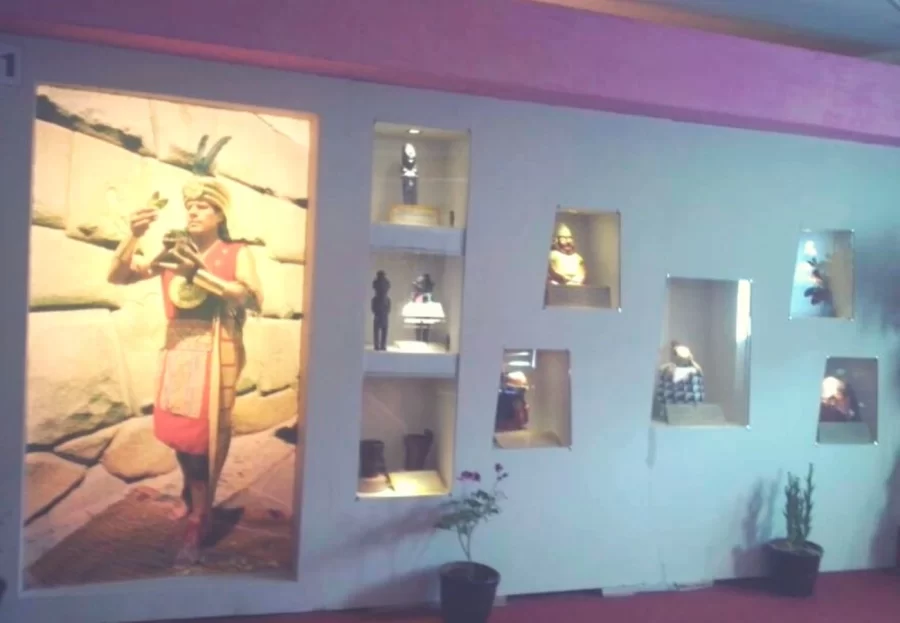
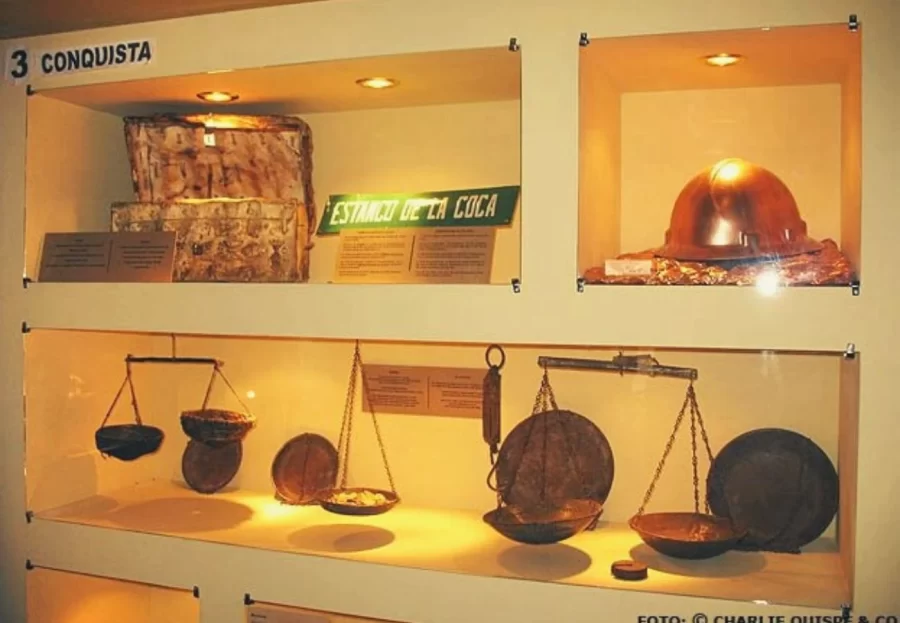
The coca leaf was very important in the Andean world, and they used it for different things and also attributed a series of qualities to it. History shows us that Coca was used by the amautas or Inca sages to be able to see the weather, they could forecast and see the omens that could happen in the future.
Coca was used in one of the most important rituals of the Andean world, in the offerings they made to their deities such as the Pachamama, they also used it as medicine, for example it was used to heal toothache, stomach ache being an essential element of the Inca doctors or shamans.
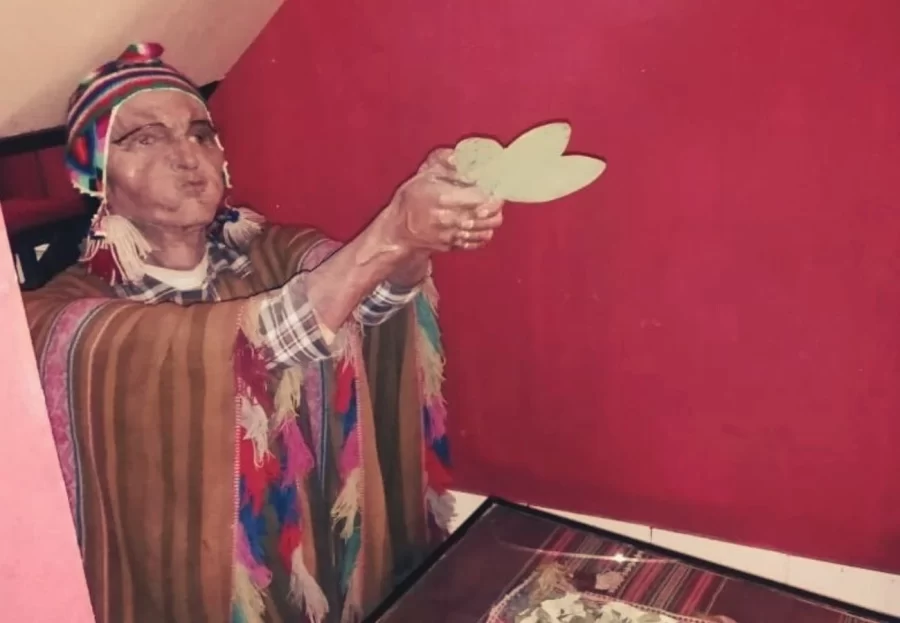
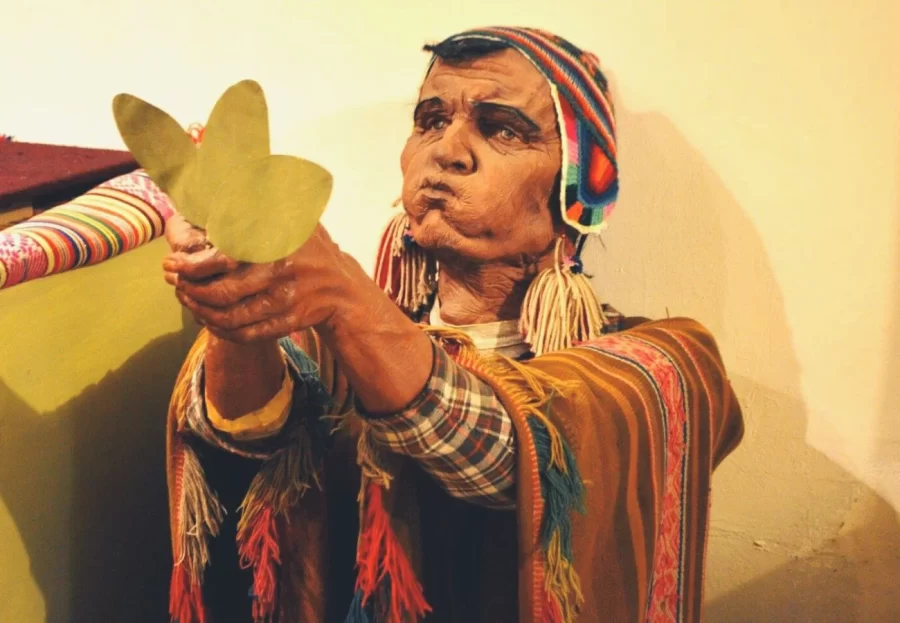
Visiting hours to the Coca Museum are from Monday to Sunday from 09:00 am to 21:00 hours, for foreigners and nationals there is an additional cost.
